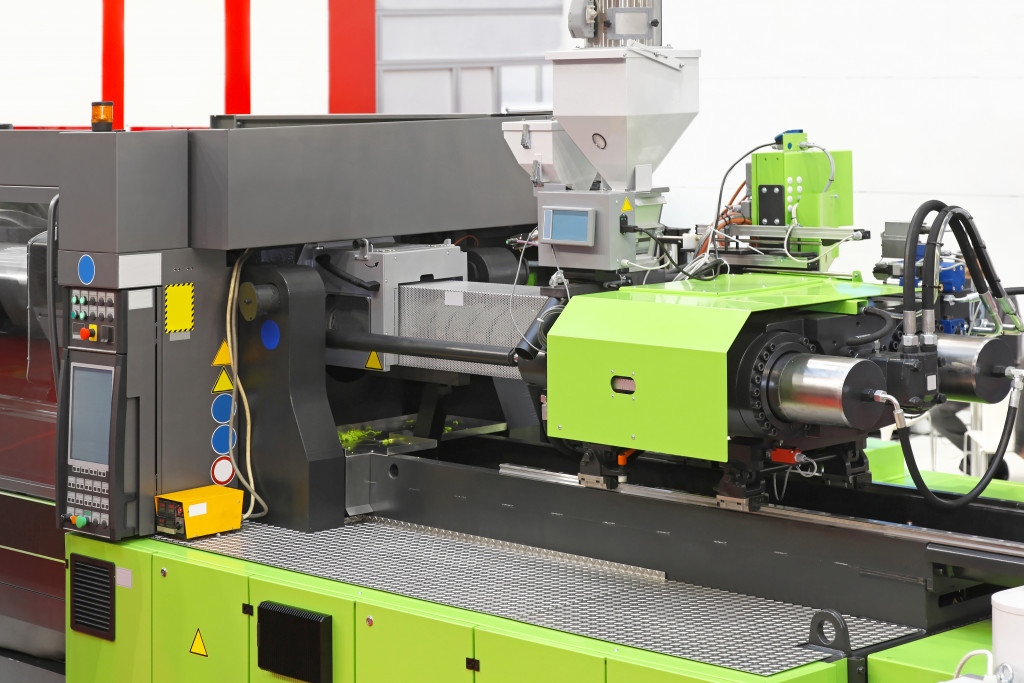When you talk about joining plastic materials together, four essential techniques come to mind. There’s solvent bonding, UV bonding, mechanical fastening, and ultrasonic welding. Each one of these plastic bonding methods involves considerations such as labor, equipment, and other necessary costs.
Let’s take a look at these methods for a better understanding of each one.
Solvent Bonding
This plastic bonding process is ideal for thermoplastics. Solvent is applied to the plastic components being joined together and is then clamped until the bonding process is done.
The application of solvent softens the plastic thus making the parts more conducive to the bonding process. The pressure applied through the clamp is critical as overpressure will cause the components to be distorted.
The process requires some time for the bonding to take place. Left for 24 to 48 hours at room temperature will help the molecules mix well. The bonding process is completed once the solvent evaporates and dries.
What are thermoplastics?

Thermoplastics are plastic materials that can be softened at certain higher temperatures and harden once cooled down.
Some examples are polypropylene, polyethylene, polystyrene, polyvinyl chloride, polyesters, polyurethane, and polyamides.
UV Bonding
This particular bonding method utilizes high-intensity ultraviolet light to dry and cure adhesives, coatings, and inks. This method is proven to effectively join components in a matter of seconds even if the material is built to block off UV light.
UV bonding is also effective in combining other materials together such as metal, glass, and ceramic.
The main advantages of this certain method are faster production, higher scratch and solvent resistance, lessened rejection rates, and superior bonding of materials. Moreover, this process is suitable for bonding dissimilar substrates together, plus it is environment-friendly.
Mechanical Fastening
Perhaps the most common and simplest way of joining plastic materials together is mechanical fastening. It is used when precision bonding is not necessary.
Mechanical fasteners such as screws, nuts, pins, rivets, and other similar mechanical materials are glued into place, molded, forced, or probed with heat or ultrasound to securely fasten plastic components together.
When using this method, you have to make sure that both metal and plastic components are strong enough to endure the pressure during the installation process. This is why mechanical fastening is more suitable for joining together stronger plastic materials.
Ultrasonic Welding
The ultrasonic welding process involves the use of a device called the horn. The horn uses sonic pulses directed to the target area that causes the two components to rapidly vibrate against each other causing enough friction and heat to fuse the elements. No adhesive or solvent is required.
This process is suitable for welding plastic, metal, and dissimilar substrates together. It is also impressively productive, able to exceed assembly rates at 25 parts per minute.
These methods are the most typical plastic bonding methods that are widely used in industries today. Each method has something different to offer that the others can’t. While some may seem more impressive than others, it does not take away from their effectivity.

